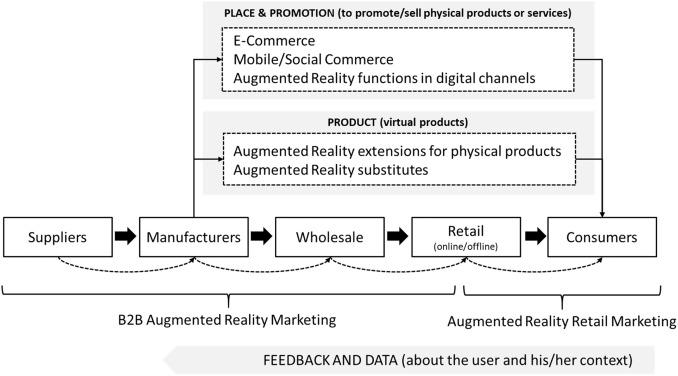Future-Proofing Education: Top Strategies Policymakers Need to Succeed in a Rapidly Changing world
The world is evolving at breakneck speed, fueled by technological innovation, societal shifts, and changing workforce demands. For education policymakers, the challenge is clear: future-proof education systems so students are ready for jobs and realities we can barely imagine today.in this comprehensive guide, we’ll uncover the top strategies for future-proofing education, boosting digital literacy, and ensuring equitable opportunities for all learners—ensuring every generation is prepared to thrive in a rapidly changing world.
Why Future-Proofing Education Matters
Future-proofing education is about more than adopting new technologies; it’s about creating resilient, flexible, and inclusive educational systems that can withstand and adapt to societal and technological disruptions. By implementing modern education strategies, policymakers can:
- Address the skills gap as automation and AI reshape conventional jobs
- Promote lifelong learning to support continuous workforce growth
- ensure equity so every student, nonetheless of background, has access to quality education
- Prepare students for global competitiveness in a tech-driven economy
Strategic Approaches for Policymakers to Future-Proof Education
Policymakers play a pivotal role in shaping the educational landscape. The following strategies are proven to help future-proof education systems—guaranteeing success for both students and society.
1.Prioritize Digital Literacy and Emerging Technologies
As the digital transformation accelerates, integrating digital literacy across all levels of the educational system is critical. Key actions include:
- Embedding coding, digital ethics, and computational thinking in curricula starting from early grades
- Providing continuous professional development for teachers focused on EdTech tools and online learning platforms
- Investing in infrastructure to ensure equitable access to devices, fast internet, and tech support
2. Encourage Lifelong Learning and Flexible Pathways
A future-proof education is not confined to the classroom. Governments can:
- Create policies supporting micro-credentials, online certifications, and alternative accreditation
- Partner with industries to develop in-demand skills through apprenticeships, internships, and mentorships
- Enable transitions between vocational and academic paths, so learners have more options
3. Foster critical Thinking, Creativity, and Social-Emotional Skills
While technical knowledge is vital, so are the “human” skills that automation cannot replace. Future-ready students should possess:
- Collaboration and problem-solving abilities
- Resilience and adaptability to handle change
- Emotional intelligence, communication, and ethical reasoning
Building these skills into curricula and teaching methods ensures future-proof education.
4. Leverage Data and AI for Personalized Learning
Artificial intelligence and learning analytics can tailor instruction to individual needs, increasing engagement and outcomes. Policymakers should:
- Invest in AI-powered platforms for adaptive learning and assessment
- Establish data privacy and ethical guidelines for student data usage
- Train educators to use data to inform teaching strategies
5. Promote Equity and Inclusion at Every Level
An equitable education is a future-proof education. Strategies include:
- Targeted funding for disadvantaged communities or under-resourced schools
- Accessible digital content for learners with disabilities or language barriers
- Culturally responsive teaching to value diversity
Benefits of Future-Proofing Education
Implementing these future-proofing education strategies offers multiple benefits for students, educators, and broader society, such as:
- Greater workforce readiness: Students acquire real-world skills relevant for future jobs
- Reduced inequality: All learners, regardless of background, get the chance to succeed
- National competitiveness: Countries with agile education systems are better equipped to adapt to global change
- Resilient communities: Citizens are prepared to navigate ambiguity and complex societal challenges
Practical Tips for Policymakers
Ready to start? Here are some actionable steps for policymakers and education leaders to future-proof schools and learning systems:
- Engage stakeholders—teachers, students, parents, industry leaders—in curriculum reform initiatives
- Pilot new technologies and teaching methods in select districts before scaling
- Monitor progress using KPIs like digital inclusion, teacher tech adoption, or lifelong learning uptake
- Continuously update teacher training and recruitment to align with future education needs
- Promote public-private partnerships to maximize resources and bridge education-to-employment gaps
case Study: Estonia’s Digital Leap in Education
Estonia stands out as a global leader in digital education transformation. Following a national push towards digital literacy and an “e-school” platform accessible to all,Estonia has:
- Introduced coding in primary schools as 2012
- achieved nearly 100% digital access for students and teachers
- Launched digital learning materials and 1:1 device policies
- Invested heavily in teacher training and ongoing development
Consequently,Estonian students consistently outperform their European peers and are well-equipped for the digital economy—highlighting the power of future-proofed education policy.
Firsthand Experience: Perspectives from Educators
“Integrating digital tools and critical thinking exercises into my classroom has made students more engaged and better prepared for future challenges. The support we receive for professional development is crucial to keeping up with these rapid changes.”
— Maria Lopez, Secondary school Teacher
“Lifelong learning opportunities and flexible micro-credential programs have been a gateway for our adult learners to re-enter the workforce with confidence, especially in tech and healthcare sectors.”
— Alex Kim,Vocational Education Program Leader
Conclusion: Building a future-Ready Education System
The challenges facing education are significant—but so are the opportunities.By embracing digital literacy, fostering lifelong learning, promoting equity, and staying agile in the face of rapid change, policymakers can ensure our education systems are truly future-proof.
The key lies in continuous innovation, collaboration, and investment. when educational policymakers commit to future-proofing, they’re not just preparing students for the future—they’re shaping a resilient, innovative society capable of thriving in a rapidly evolving world.
Ready to lead the change? Start future-proofing your education strategy today for a smarter, fairer tomorrow.

